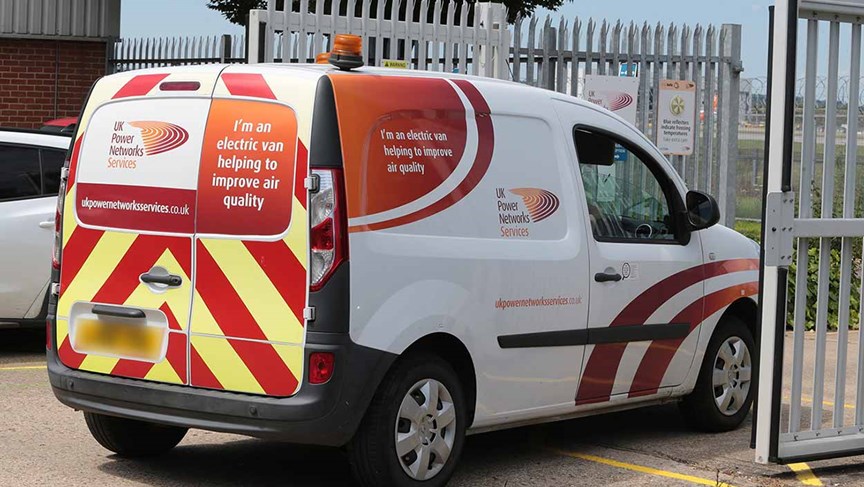Case study
Network and load growth modelling at Port of Tyne

As one of the UK’s most innovative and efficient deep-sea ports, Port of Tyne has developed a decarbonisation roadmap, with an ambition to reduce net greenhouse gas emissions to zero by 2030 and to electrify the entire port by 2040.
Port of Tyne has already made significant progress towards becoming net zero and won two Maritime UK 2020 Clean Energy Awards in recognition of its achievements. We were tasked with providing Port of Tyne with a detailed understanding of their current and future electricity network as they implement new technologies like electric cranes, electric vehicles and embed sustainable generation such as solar photovoltaic panels on site.
Approach and innovation
Our analysis of Port of Tyne’s electricity network involved two phases:
- Network Modelling - We collected asset data and used the information to build a model of the Port of Tyne high voltage (HV) network. The model was used to assess and develop a picture of the present state of the network.
- Load growth modelling and impact on the network - We worked with the port to understand the future load growth on their network, and then built it into the model to identify the impact. We carried out a number of load flow and short circuit simulations to assess this impact and also provided a graphical representation of the network through heat maps to enable the port to have a clearer picture of the network status.
Our network modelling and capacity planning study provided the Port of Tyne with a current and future state of their HV network, inclusive of all key electrical parameters, any present weaknesses and resilience issues that might appear as the port grows.
We worked in collaboration with Port of Tyne to identify recommendations that could be implemented to resolve the issues identified through the forecasted load growth.
Outcome
We have helped to ensure that Port of Tyne’s decarbonisation strategy is both environmentally and commercially viable. All our electrification projects are designed to reduce carbon emissions and costs. The analysis will support the launch of Port of Tyne’s fully electric mobile harbour crane, the first of its kind in the UK. The port’s conversion of other legacy diesel-powered assets to electric has already eliminated 700 tonnes of CO2 emissions.
We also created and modelled the port’s HV network within PowerFactory DIgSILENT software package and ran various simulations, to establish any possible network constraints and weaknesses and provide recommendations to ensure resilience. Our work provided the Port of Tyne with an HV network model which can be used as a plug and play tool to assess any future power distribution and network capacity challenges.
Delivery and collaboration
We worked collaboratively with the Port of Tyne throughout the duration of the programme. We liaised with them to obtain all the required HV network data for our study and held bi-weekly meetings to ensure they received all project updates and our work met their expectations. We also held a half-day workshop with them to agree on the future load growth scenarios that were to be modelled.




